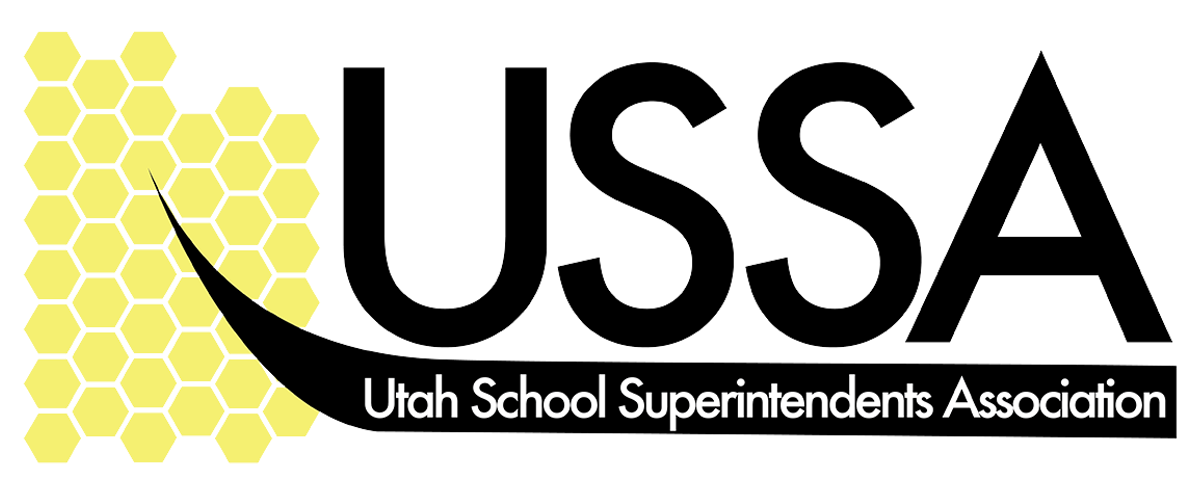As we begin the year 2025, it is impossible to ignore the significant impact that the past few legislative sessions have had on Utah’s education system. Over the past three years, lawmakers have passed an overwhelming number of education-related bills. While these bills are often crafted with the intention of improving education, the consequences for local school districts have been far-reaching and challenging. Administrators, teachers, and students alike are grappling with the rapid expansion of legislation, which has placed a tremendous strain on resources and the quality of education.
The volume of education legislation passed in recent years is staggering. In the 2024 legislative session alone, the Utah House Education Committee and the Utah Senate Education Committee passed 134 education-related bills, sending them to the floor for further debate. Of these, 62 new rules were created by the Utah State Board of Education (USBE) for LEAs to implement. This adds up to 62 new policies and procedures that local districts are expected to enforce. These numbers follow closely behind the 127 bills passed in 2023 and 98 in 2022, bringing the total number of education-related bills introduced in the past three years to an unprecedented level.
This rapid expansion of legislation touches on a wide range of topics—from changes to curriculum and teacher evaluations to updates in school safety and the introduction of new educational programs. However, the sheer volume of new rules and mandates has placed immense pressure on local school districts to integrate these changes into their existing frameworks. In fact, over the past three years, districts have had to implement 128 new rules, 27 new programs, and 26 new reporting requirements.
One of the most concerning aspects of this legislative avalanche is the lack of additional funding to support these new initiatives. Many of the new mandates come without financial backing, forcing school districts to find ways to absorb the costs within their already limited budgets. In some cases, this means cutting funding for essential programs, extracurricular activities, or support staff—services that are vital to student success but are now at risk due to financial constraints.
The added responsibilities placed on school administrators have also been immense. With 26 new reporting requirements alone in 2024, administrators are burdened with the task of gathering, processing, and submitting these reports while still striving to improve student outcomes. For many districts, this has led to hiring additional staff or legal counsel to help meet these demands, further stretching their already strained financial resources.
Teachers, the backbone of our education system, are also feeling the effects of these rapid changes. The constant shifting of curriculum, testing requirements, and new programs creates an environment of uncertainty and stress for educators. The pressure to stay up to date with new regulations, while managing an already demanding classroom, can lead to burnout and decreased job satisfaction. This has a direct impact on teacher retention, which in turn affects the quality of education students receive.
For students, the pace of change can be even more disruptive. Constant shifts in curriculum and testing requirements create inconsistency in learning environments, making it more difficult for students to thrive. As districts scramble to implement new laws, the primary goal of providing students with the best possible educational experience sometimes gets lost in the shuffle.
In the coming months, lawmakers and education leaders will need to consider how best to move forward. It is clear that the current approach, while ambitious, has placed a heavy burden on educators and administrators. A more balanced and sustainable approach, one that prioritizes collaboration, funding, and realistic timelines, is essential for ensuring that educational reforms truly serve the needs of Utah’s students. Only then can we build an education system that truly supports both those who teach and those who learn.

